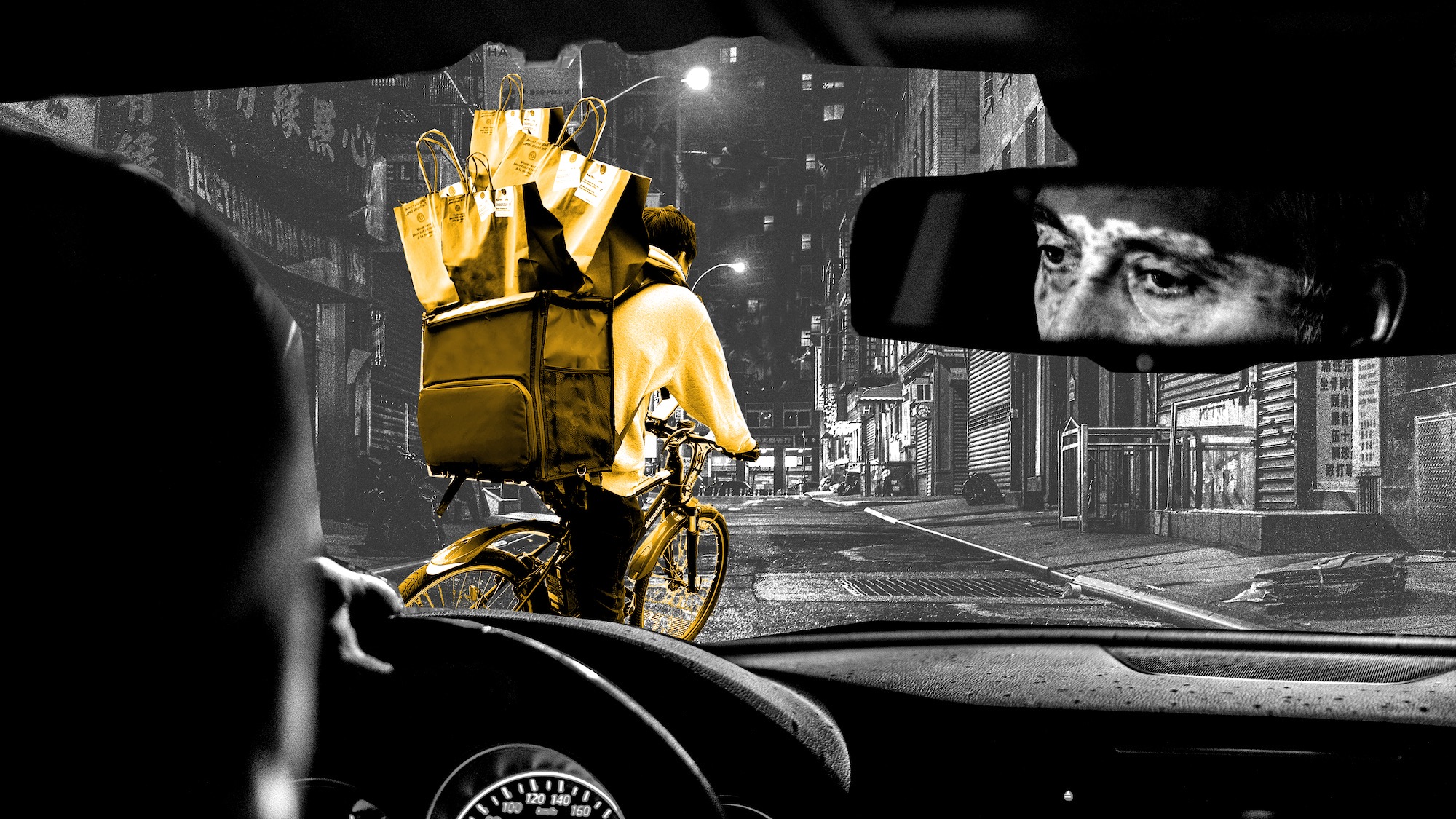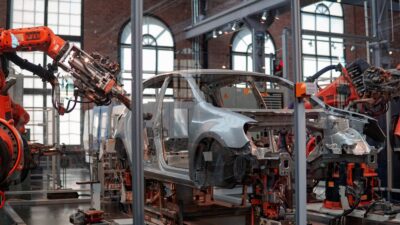It’s been the best and the worst of times for gig workers as COVID-19 spawns two classes of employees: The under worked vs the overworked.
Drivers in the personal transport sector, your friendly Uber, Lyft or Didi driver, shuttling people between work, home from a party or a night at the theatre – have found their incomes crashing.
At the same time gig workers in warehouses or delivering consumer goods have never been busier. And those deemed essential have been fortified in their expectation of improved working conditions.
Strikes by Amazon workers protesting about COVID-19 contaminated worksites have spread to other locations staffed with gig employees also demanding better pay and conditions.
Will their bargaining power translate into long term labour reforms? Or will it last only as long as the pandemic?
There is also the possibility employers will try to pit gig worker against gig worker – swamping the pool of in-demand employees with the millions of now second-class unemployed gig workers.
It remains to be seen if the gig workers’ weapons of choice –messaging apps – remain a key organisational tool in their fight for decent conditions, or if these platforms are turned against them in the struggle to have a job, any job, at any cost?
Listen to more gig work changes on Corona Business Insights
This is part of a series of insights related to Coronavirus (COVID-19) and its impact on business.








